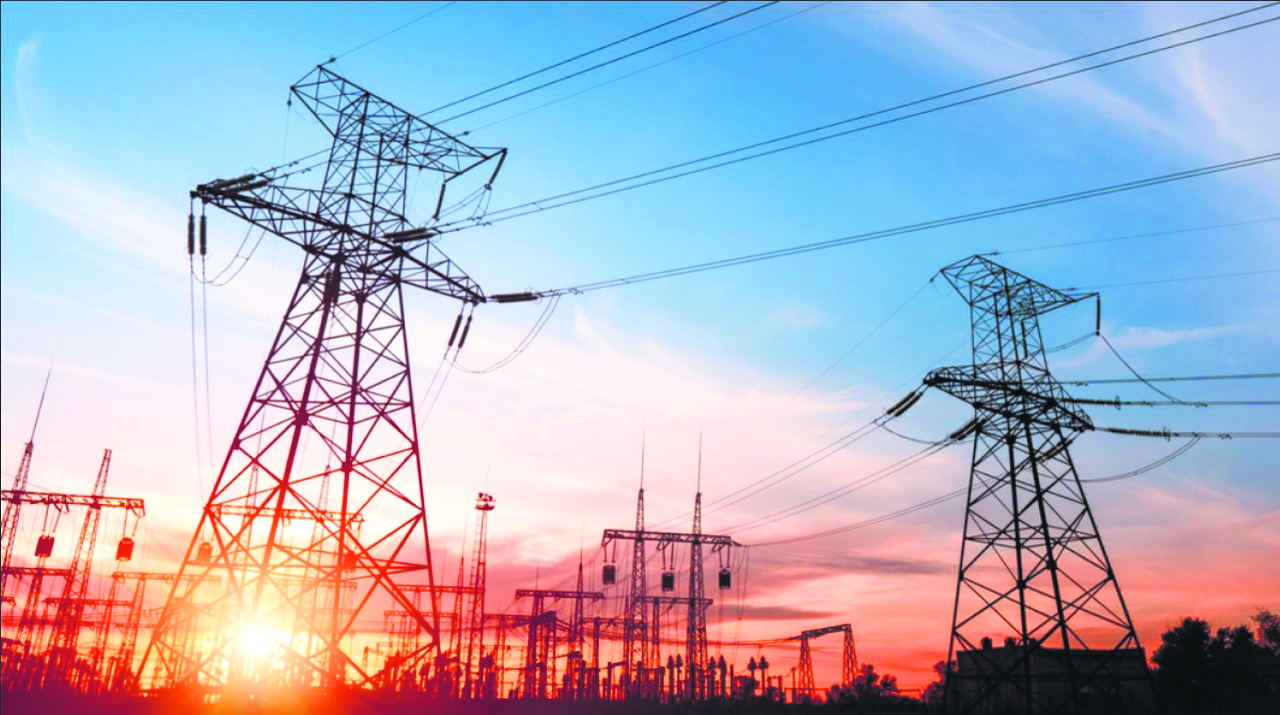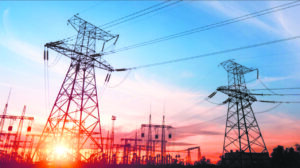Delhi being the national capital and hub of commercial activities in the Northern Region has a very high demand for power. The prosperity of its population generates a diversified demand for electricity covering every facet of life. The domestic power tariff in Delhi is the lowest among all the metros in the country.
The growth in power consumption can also be attributed to the large-scale regularisation of unauthorised colonies leading to both horizontal and vertical load growth. Better road transport, telecommunication, regular power supply and economic policies have attracted industrial activities and services, thereby raising the demand for power. The priority in the energy sector in Delhi is mainly to maintain an uninterrupted power supply and to take care of the Increasing power demand. Electricity prices have not been increased in Delhi since 2015. At present, there are about 47.70 lakh approx (more than 86.71% of the total domestic electricity consumers) households in Delhi who are getting electricity subsidies as compared to 2015.
Delhi has already achieved 100% electrification Delhi, being an urban place with high load density, has seen the electricity consumption increasing from 25593 MUs in 2011-12 to 31116 MUs in 2021-22. Delhi has its unique load pattern and peak load problem due to the predominant share of domestic consumption and extreme weather conditions. The power sector of Delhi is different compared to other states, while other states have a power deficit, Delhi has tied up surplus power in order to cater to the increasing demand and peak load.

The number of power consumers in the national capital increased by 10 per cent in the last three years, according to the Delhi Statistical Handbook, 2023 released recently by the city government.
During the period 2011-12 to 2021-22, the number of consumers of electricity in Delhi increased from 43.01 lakh to 65.93 lakh. The electricity consumers have increased 22.92 lakh consumers from 2011-12 to 2021-22. The statistics showed that the number of power consumers grew by over 6.5 lakh from 61,97,877 in 2019-20 to 63,53,000 in 2021-22 to 68,51,336 in 2022-23.
The total number of 68,51,336 consumers in 2022-23 included 57,43,093 domestic, 10,23,864 commercial and 27,578 industrial category consumers. The remaining consumers included public water works, street lighting agencies and others, data showed.
The handbook also showed a drop in power generation in Delhi during the same period. In 2019-20, the power generation, including purchases from other states and sources, was 35,419 million units. It stood at 33,898 million units in 2022-23. The 33,898 million units of power generated in 2022-23 included 30,974 million units purchased from other states, the figures revealed.
In 2022-23, the domestic consumption of electricity was 17,779 million units followed by 6,970 million units for commercial purposes, 3,104 million units for industrial purposes and 2,200 for water works pumps, street lighting and other purposes, according to the statistical handbook.

Earlier, Delhi Finance Minister Atishi hailed her government’s power subsidy scheme, saying over 3.41 crore electricity bills of zero charge were generated in 2022-23, even as the number of consumers rose by around 2.8 lakh in that financial year.
“Despite the increased demand, the government has successfully provided uninterrupted power supply. The electricity consumption in Delhi increased by 859 million units in 2022- 2023,” she said in a statement, citing her government’s ‘Statistical Handbook 2023’, which is released by the Directorate of Economics and Statistics every year.
However, she did not mention how many households benefitted from the power subsidy, which Chief Minister Arvind Kejriwal announced on August 1, 2019. Free power is provided to households consuming less than 200 units a month.
The power demand on continuous rise amid freezing weather conditions
With the mercury dropping, the power demand in Delhi surged to 5701 MW at 10:49 am on Friday, the highest ever for the winter months.
It broke the previous all-time winter high of 5611 MW recorded on January 10 and 5559 MW recorded on January 5. Since January 1, Delhi’s peak power demand has increased by over 11 per cent.
BRPL and BYPL successfully met the peak power demand of 2484 MW and 1185 MW respectively. Green power will meet up to 60 per cent of the maximum winter power demand of up to 3600+ MW in the BSES area.
Delhi’s peak power demand this winter was expected to cross 5700 MW.
Barring January 2, this year, Delhi’s peak power demand in the first month remained above 5000 MW.
Delhi’s plummeting temperatures continue to push up the city's peak power demand. Apart from long-term agreements with power plants, over 2000 MW of green power played a significant role in ensuring reliable power supply to BSES consumers during the winter months. 840 MW of solar power from SECI, 540 MW of Hydropower, 500 MW of wind power, ~ 40 MW from Waste-to Energy and ~160 MW of roof-top solar power were installed on roof-tops in South, West, East and Central parts of the national capital.
Notably, BSES uses a mix of advanced statistical forecasting models using complex algorithms, combined with state-of-the-art weather forecasting solutions, including Artificial Intelligence and Machine Learning to meet power challenges.














